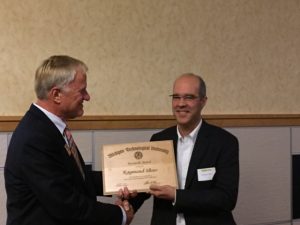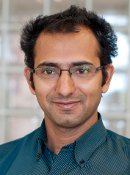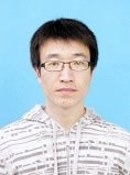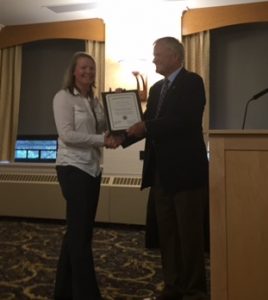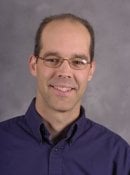 John Jaszczak (Physics/A. E. Seaman Mineral Museum) recently gave two lectures while on sabbatical travel.
John Jaszczak (Physics/A. E. Seaman Mineral Museum) recently gave two lectures while on sabbatical travel.
At Miami University (Oxford, Ohio) on Oct. 7, he spoke about “Mineralogical Miracles at Merelani, Tanzania.”
For the Cincinnati Mineral Society on Oct. 14 he spoke on “A Virtual Tour of the A. E. Seaman Mineral Museum.”
